Several international firms have submitted bids to construct three large-scale power facilities to
store electricity generated during periods of low demand and then release it back into the grid
during peak demand periods.
According to the Zimbabwe Electricity Transmission and Distribution Company (ZETDC), a
subsidiary of ZESA Holdings, the storage facilities will have a combined capacity of 1 800
megawatts.
The move is part of the country’s broader strategy to address persistent power cuts caused by
limited generation capacity at its major power plants.

Zimbabwe has been grappling with power shortages largely due to low water levels at Lake Kariba, which has resulted in low production at the Kariba hydroelectric plant as well as frequent breakdowns at the Hwange Thermal Power Plant.
“The project is to see three battery storage facilities of 600 MW each at Munyati, Harare, and Insukamini power stations in order to use existing grid connections,” an official with ZETDC told this publication.
“The power will be used during peak hours and at night in order to subsidise the current power
generation.”
The official said the bidding process had already attracted significant interest from international
firms, with a majority coming from China.
Energy experts said the introduction of battery energy storage was a transformative step towards
stabilising the national grid and mitigating load-shedding.
“Utility-scale battery storage technology has been successfully deployed in countries like Australia,
the United States and Germany,” Eng Tinashe Rushwaya said.
“For instance, the Hornsdale Power Reserve in South Australia also referred to as the Tesla Big
Battery has demonstrated how such systems can provide grid stability and store excess renewable
energy, and supply power during peak demand.”
ZETDC’s plan involves leveraging the existing infrastructure at Munyati, Harare, and Insukamini
power stations to integrate the battery systems seamlessly into the national grid.
Through charging the batteries during o-peak hours, the stored energy can be released during
high-demand periods, reducing reliance on conventional power plants and minimising the need for
costly and polluting diesel generators.
“Battery storage systems offer unparalleled flexibility,” Eng Rushwaya said.
“They can respond almost instantaneously to fluctuations in demand and supply, ensuring a more
stable and reliable power supply. Additionally, they support the integration of renewable energy
sources like solar and wind, which are intermittent by nature.”
The project aligns with Zimbabwe’s broader energy transition goals, including increasing the share
of renewable energy in its energy mix. The Government has set an ambitious target of achieving 2
100 MW of renewable energy capacity by 2030.
Battery storage initiative is expected to complement ongoing solar and wind energy projects.
enhancing their viability and contribution to the grid.
ZESA Holdings executive chairman Dr Sydney Gata recently underscored the urgency of
implementing solutions to address the country’s power crisis.
Speaking at a press conference in August 2024, Dr Gata announced the utilities’ plans to install the
800 MWh battery system to alleviate load-shedding.
“The system will provide three hours of 600 MWh during morning and evening peaks. This will
substantially reduce load-shedding; besides providing some benefits to system operations,” he said.
As the country takes steps to modernise its energy infrastructure, the success of the battery storage
project will likely serve as a benchmark for future investments in advanced energy technologies,
some analysts say.
If executed effectively, it could pave the way for a more resilient and sustainable power sector.
ensuring energy security for millions of Zimbabweans.

